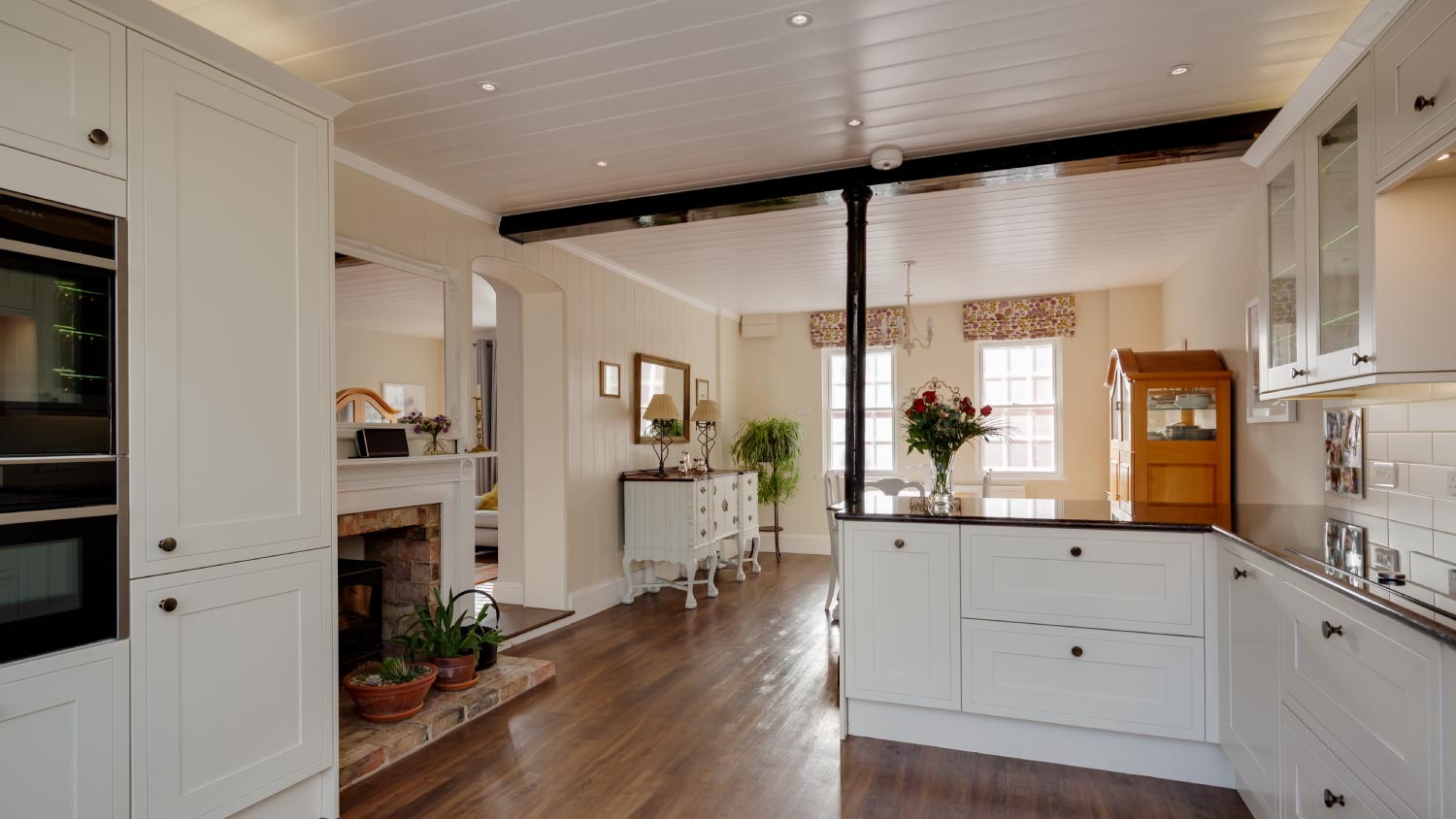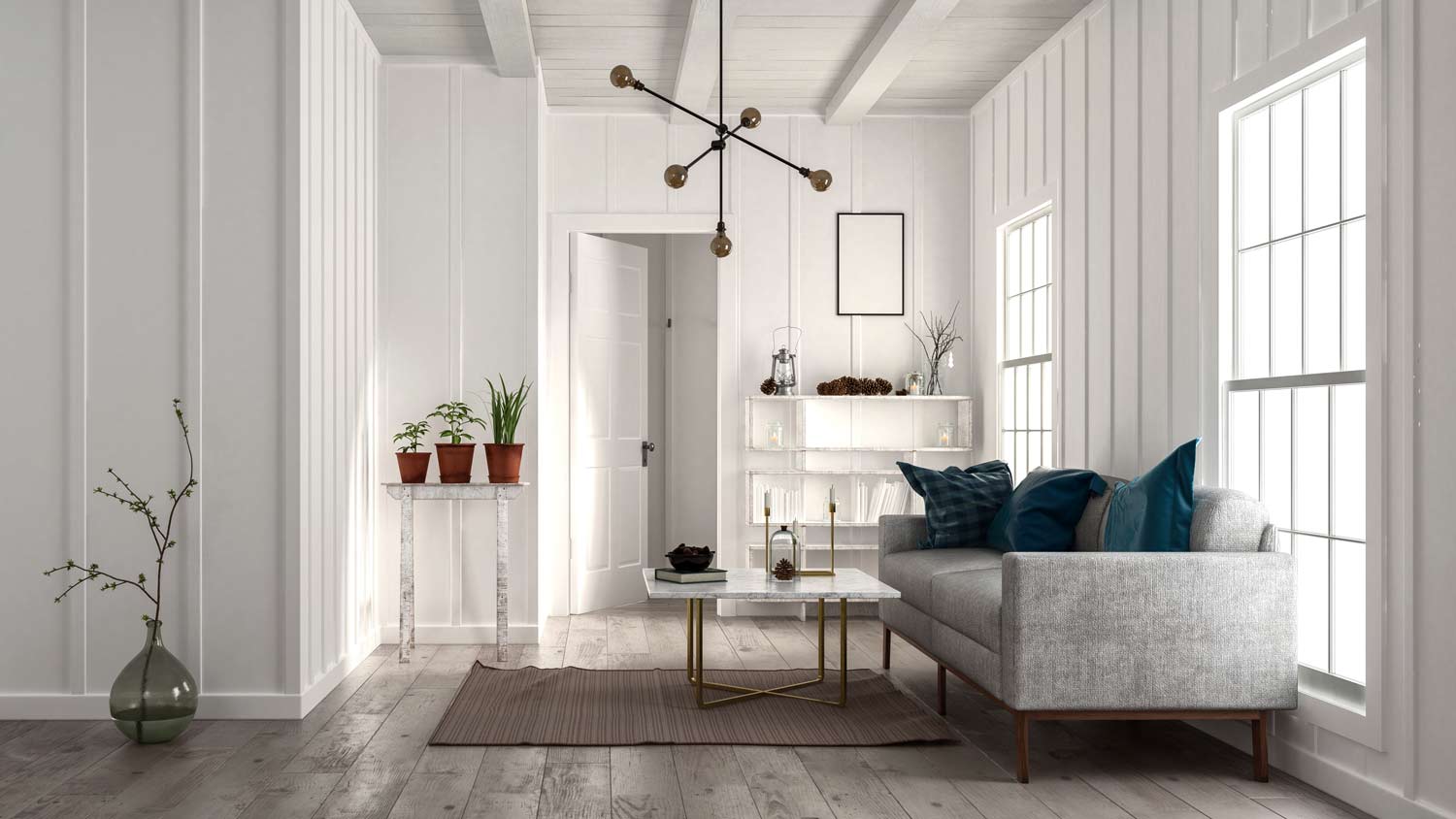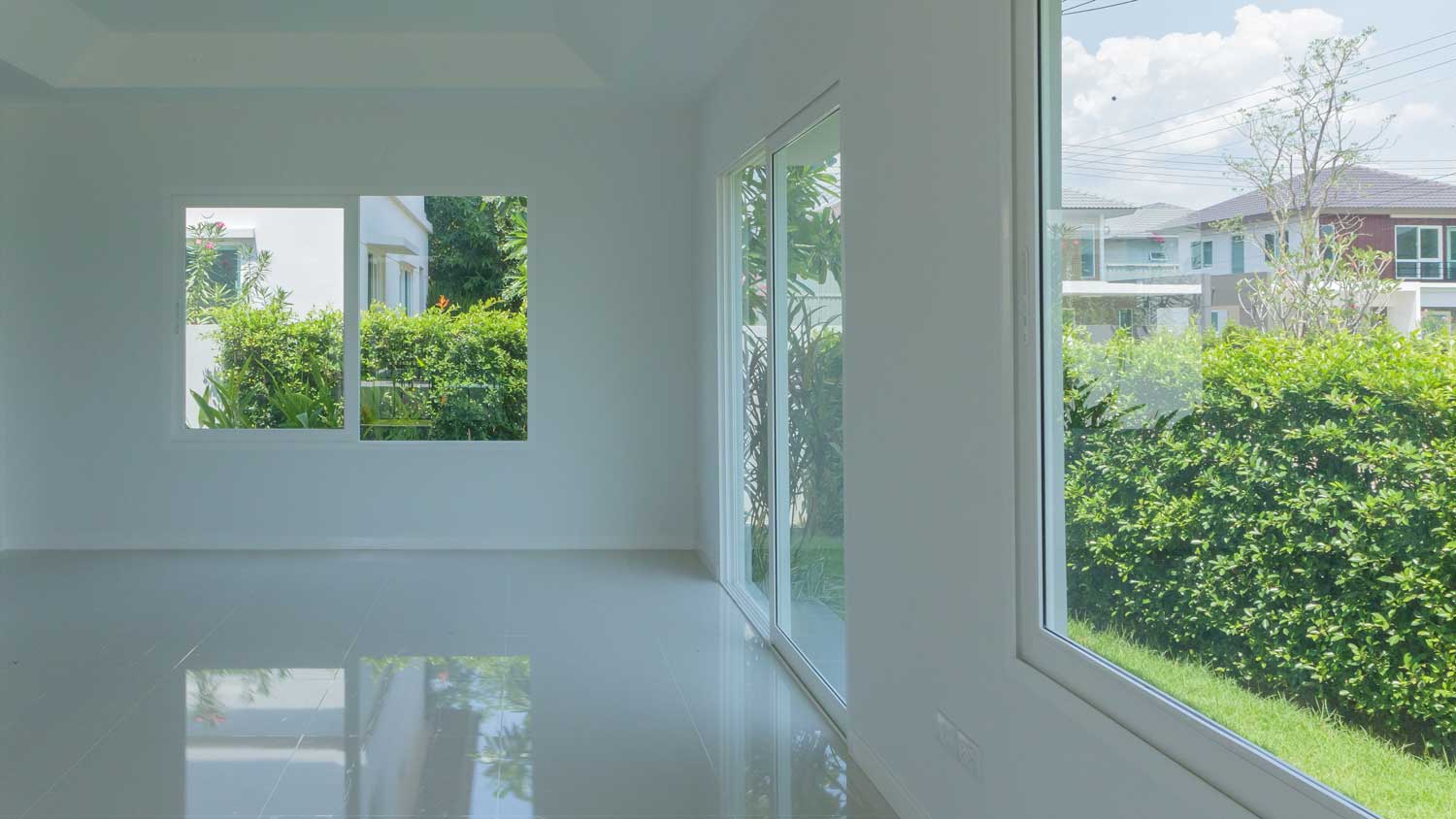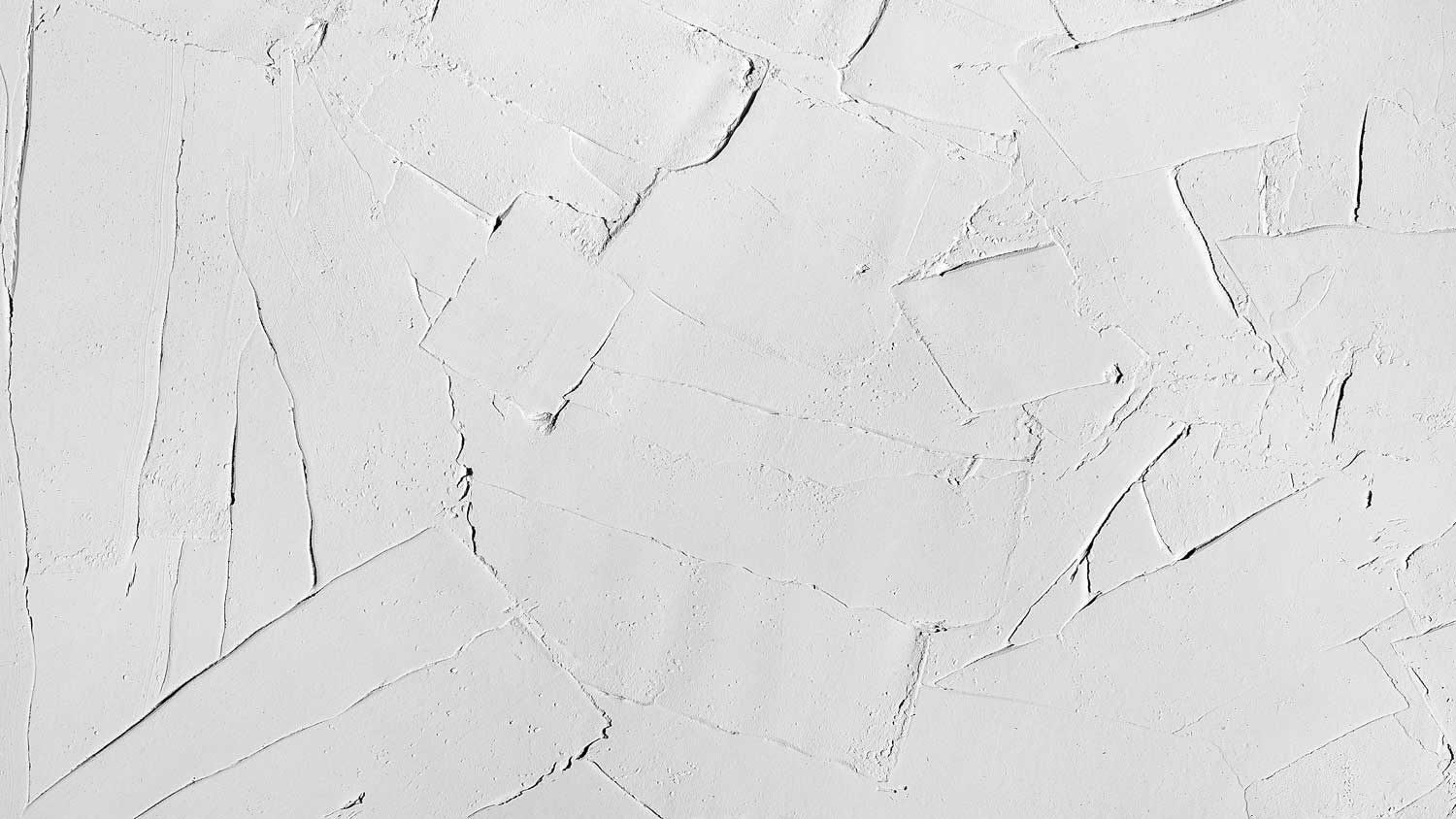
Installing beadboard ceilings is a great DIY project. Learn what to expect cost-wise from this project, whether removing or covering a popcorn ceiling.
Drywall isn’t all it’s cracked up to be when there’s moisture involved


Drywall is the standard wall and ceiling surface for homes in the United States.
PVC wall panels are a drywall alternative for places with high moisture levels.
PVC panels are moisture-resistant, low-maintenance, and easy to install DIY.
Drywall has the aesthetic most homeowners expect in living rooms and bedrooms.
Drywall is also easier to customize and repair but harder to install.
For the last few decades, drywall has been the standard for wall surfaces in the United States—but there’s a newcomer in town. PVC wall paneling may have added benefits in areas like basements and garages that experience high levels of moisture and humidity. This guide will help you compare the pros and cons of PVC wall panels versus drywall.
PVC wall panels are known as an alternative to drywall since both materials serve a similar purpose. They create the surface of your wall, concealing the structural elements, insulation, and utilities. However, their similarities end there.
PVC panels and drywall are made from entirely different materials. Their unique composition and design make PVC panels easier to install, resistant to moisture and pests, and less likely to sustain surface damage like holes, dents, and cracks. On the other hand, drywall is more affordable up front, easier to repair, can be used for fireproofing depending on the type, and may be more aesthetically pleasing.
If you’re unsure which wall covering is best for your home, a drywall contractor can recommend the best option for your needs.

PVC, or polyvinyl chloride, panels are a popular drywall alternative for garages, bathrooms, and other areas that experience high moisture levels. This plastic is lightweight compared to drywall. The panels interlock, allowing for a quick, relatively clean installation on walls or ceilings. Depending on the usage, you can install PVC panels over studs or a backing if you need them to bear weight for items like light fixtures or heavy shelving.
| Pros | Cons |
|---|---|
| Resistant to moisture and surface damage | Low heat resistance |
| Low-maintenance | Looks like plastic |
| Easy to install | Can release harmful gases |
| Resistant to pests | Can warp under stress or impact |
Best for:
Garages, bathrooms, workshops, laundry rooms, and sheds
Rooms exposed to high levels of moisture
Homeowners planning to DIY their installation
PVC panels are a great solution for DIYers because they’re lighter than drywall and lock into place, making them easier to install if you’re flying solo. The main draw, however, is the moisture resistance. Since these panels are made from plastic, moisture rolls off the surface. They won’t harbor mold, pests aren’t interested, and they’ll resist minor surface damage like dents and cracks in old drywall.
PVC panels aren’t as popular for bedrooms and living rooms because of their aesthetic. There aren’t many options, and the options that do exist can look like plastic—because that’s what they’re made from. PVC panels can also warp and may not be suitable for load-bearing applications without a backing like drywall or plywood.
Still, one of the largest cons of PVC panels is the lack of heat resistance. This material is not suitable for areas that require Type X or Type C fire-resistant drywall. PVC is considered a combustible material and can release harmful gases when exposed to fire. Even then, PVC contains chemicals like phthalates, which some research says can cause adverse health effects.

Drywall, also known as Sheetrock® or gypsum board, is another type of surface material used for walls and ceilings. It is made primarily from a mineral called gypsum mixed with other additives and sandwiched between two sheets of heavy-duty paper. Over the last few decades, drywall has replaced lathe and plaster as the standard wall surface in homes in the United States because it’s easier, quicker, and less messy to install.
| Pros | Cons |
|---|---|
| Cost-effective | Susceptible to moisture damage |
| Fire-rated options are available | Difficult to install alone |
| Easy to repair | Prone to cracks, scratches, dents, and holes |
| Seamless surface with multiple finish options | Can harbor mold and pests |
Best for:
Bedrooms, living rooms, offices, and kitchens
Furnace rooms and areas that need additional fireproofing
Most walls and ceilings throughout your home
Drywall is popular because it’s an excellent all-purpose solution. You can install drywall in just about any room of your home. When installed properly, it has a smooth, seamless look, though you can also opt for a textured finish, depending on your preference.
Drywall comes in different sizes and thicknesses. You can easily cut it to suit your space. For areas that require additional fire resistance, you can choose from thicker varieties like Type X or Type C drywall. It’s affordable, relatively simple to install for a team of pros, and easy to repair.
Since drywall is partially composed of paper, water can ruin the structural integrity and harbor mold growth. If your drywall gets wet, act quickly to minimize damage. It’s also a heavy material that’s difficult for DIYers to manage on their own. A standard sheet can weigh around 51 pounds, and that’s before you get into thicker varieties. Since most hardware stores sell drywall in sheets of two, you’ll likely walk out with over 100 pounds of product.
Drywall is also prone to minor damage like nail pops, dents, scuffs, and cracks (often from natural settlement). Screw placement is key to avoiding damage.
When comparing PVC paneling versus drywall, each has its pros and cons. The right one for your project depends on your preferences, but a good drywall contractor can lead you in the right direction. Think about your must-have features before choosing a material. Here’s how they weigh up when put head-to-head.
Drywall has the look of the walls that most people expect in homes—a smooth, seamless look. Of course, it does depend on the style. Certain textures (like popcorn ceilings) aren’t as fashionable as three decades ago.
PVC panels, on the other hand, are not seamless. You can get different textures, which make for an interesting accent wall, but some homeowners don’t like the look of plastic.
Drywall has far more options than PVC paneling. These include lightweight options, certain thicknesses for added fire resistance, mold-resistant green board, and moisture-resistant blue board. You can finish drywall with different textures for a decorative look or paint it any color using standard interior paint.
While decorative PVC panels can have different 3D designs, options are limited. PVC is also more difficult to paint, though it’s not impossible.
PVC wall panels tend to be slightly more durable than drywall, which is prone to cracks, nail pops, dents, holes, staining, chipping, crumbling, and water damage. The only place where PVC is inferior is when it comes to weight. It can warp on impact because it’s flexible, and it’s prone to UV damage and heat damage.
PVC panels cost more up front than sheets of drywall, but drywall installation costs are higher because it’s a more labor-intensive process. In other words, costs can even out over time, especially when you factor in repairs.
PVC wall panels are much lighter than sheets of drywall, making them easier for DIYers to install solo. They also lock together, whereas drywall requires a significant amount of labor to hang and finish. You’ll need to know specific techniques to get a seamless (rather than lumpy) finish, so it’s best to hire a local drywall installer to complete your drywall installation.
While PVC is easier to install, drywall is easier to repair. Most of the time, DIYers can pick up a drywall repair kit at their local hardware store and fill in small cracks and dents (though the repair may be slightly visible). If you know what you’re doing, you can even replace sections of drywall.
PVC wall panels are easier to maintain than drywall. You can wipe them clean with soap and water. Drywall is porous, so it can absorb stains and sustain damage from harsh cleaners. It’s also more prone to surface damage, though the repairs are often simple and inexpensive.
HTM painting Chris and crew are amazing!! Show up when they say, worked with us in complete remodel made suggestions to a finished house. Went above our expectations. Painting, Drywall, Shiplap, trim, concrete staining, highly recommend. Planning more house additions they will be hired. Ben...
He has done work for in the pass he did a good job, but he is not dependable at all, he needs to find the 110 volt for her she has been waiting all summer, she has called him multiple time, but he has not answer the calls, but then he does not want to finished the work. the wiring is covered...
Omar and his helper did a great job with the work at my home. They arrived on time and made sure we were completely satisfied with the finished product. We are very happy with the drywall repair and the excellent paint job they did in our home. I highly recommend LA Drywall Repair and Painting.
I found Stephen's work to be good and would use him again for any similar job. Better than average knowledge of drywall techniques.
The guy came out, he actually gave me a good price, I was really pleased. He told me what he normally does, that he usually works on drywall but he could do the remodeling as well. After he gave me the price, I told him, "give me a couple of days to sharpen my pencil, look over everything...
Owner came out to look at my unfinished bonus room. The room needed insulation and drywall. The owner asked if he could look through the entire house. After a brief time, he came back and asked if the house had cold spots. I indicated the house was drafty and he...
It went terrible. The person who did the work had no clue that we had stairs, so he had to go out and buy more supplies before he could even start. On the second and third day he did his work, then on the last day he came in with another guy, and still a ton of work to do... and they...
Hired from an ad in local paper. First part of job went okay. He was arrived on-time and all seemed okay. A few days later, he came back to complete the rest of the job. I paid him and thought the job was completed. Not long after he left, I began to notice several imperfections related to...
Andrew was very professional. He repaired drywall from another painter that did not do it correctly and ordered the paint that was used. The color did not match. I called him back the next day and he promptly came and took care of the situation.
He rounded up everybody I needed. He found a guy to put up siding for me. He also found a guy for flooring and carpeting. He has been like a general contractor for me. He is actually a drywall guy, but he does just about everything there is to be done. He is very knowledgeable. He has...
From average costs to expert advice, get all the answers you need to get your job done.

Installing beadboard ceilings is a great DIY project. Learn what to expect cost-wise from this project, whether removing or covering a popcorn ceiling.

Drywall texture can create an attractive finish and add dimension to your home’s walls. This guide breaks down the factors that influence the cost to texture drywall.

Installing drywall is the most common way to finish your home’s interior. Use this drywall installation cost guide to see what your project is likely to cost.

Building a room isn't complete without walls and a ceiling, but what's the best material to use? Compare cement board vs. drywall to find your best solution.

When choosing between types of drywall mud, you need to consider your project and how quickly you can work. Use this guide to help you select the best drywall mud for your project.

Matching the texture of existing drywall can be tricky, but it’s doable. Learn how to match drywall texture with these straightforward tips.